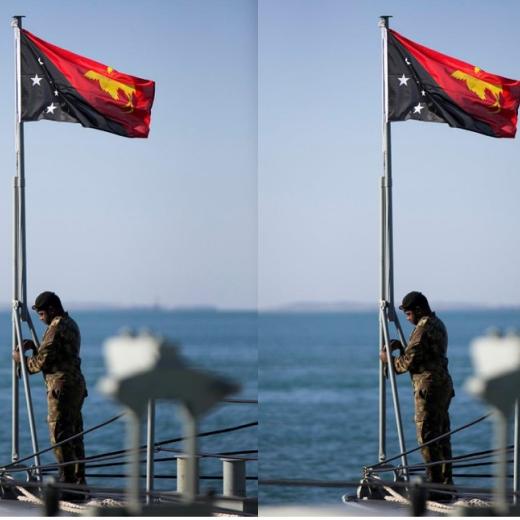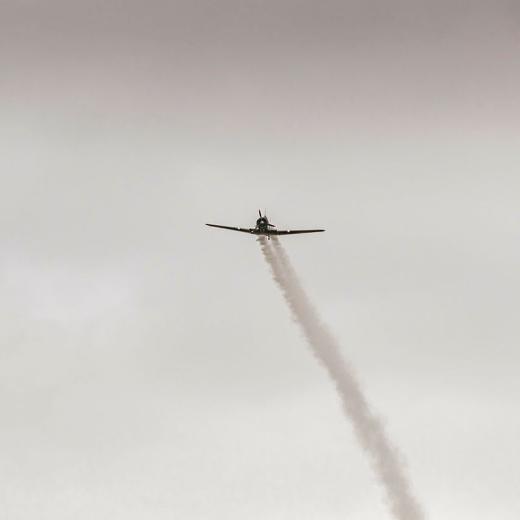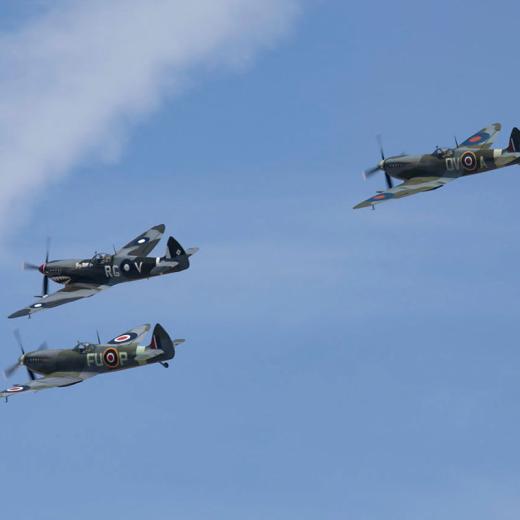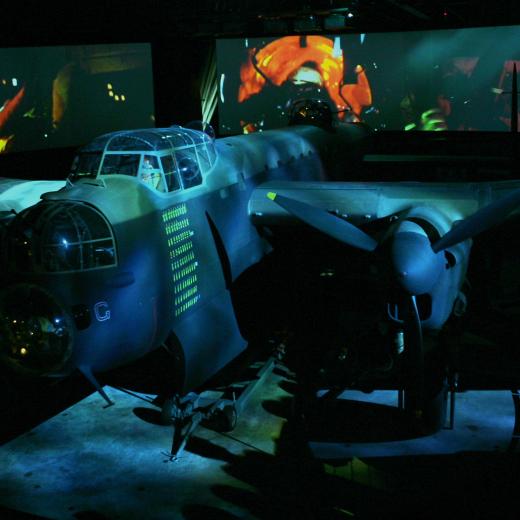BLUF
In the WW1 naval Battle of Jutland, the British calculated the odds and based their strategy on those odds and only accepted battle under perfect conditions— Britain was then unable to force a German withdrawal and keep them bottled up for the rest of the war.Summary
This article by Niall MacKay et al. in the Conversation makes the following points:
- Militaries often face a choice-build a bigger fleet or a smaller but more advanced one?
- The Royal Navy, in 1907 decided to build a very large fleet.
- Maths (calculus) influenced the decision- Lanchester's 'N-square law'.
- If both fleets have similar long-range guns and gunnery operators, the winner is determined by the square of the number of ships.
- One ship must be four times as powerful to take on two opponents.
- Even a slight numerical advantage could lead to victory over an enemy's larger fleet.
- Commanders used the WW1 version of spreadsheets.
- The fleet must be positioned to bring all its guns to bear on the enemy—a single straight line.
- Also, time of day matters—either dawn or dusk and provided you are in the right position, the enemy fleet will be silhouetted against a rising or setting sun.
- At Jutland, the Germans fleet withdrew when the British achieved this optimal positioning, apparently fearing annihilation.
- Despite losing more ships, Jutland was a clear British strategic victory.
References
- MILITARY HISTORY INDEX PAGES AND COLLECTIONS ON THE RAAF RUNWAY
- 1974 Lanchester-Type Models of Warfare and Optimal Control - Calhoun
- 2019 The Lanchester Mathematical Model Analysis of the Battle of Sarhu-Academic Journal of Computing and Information Science
- MAY 2020 Lanchester Models for Irregular Warfare- MPDI
- JUN 2021 Automated Support for Battle Operational–Strategic Decision-Making –MPDI
Source: Conversation The
- Link to Source: The Conversation: In-depth analysis, research, news etc.
- Media Check: The Conversation - Media Bias/Fact Check (mediabiasfactcheck.com)
- RAAF RUNWAY: RATIONALE, GUIDELINES, LEARNING OUTCOMES, ETC |





